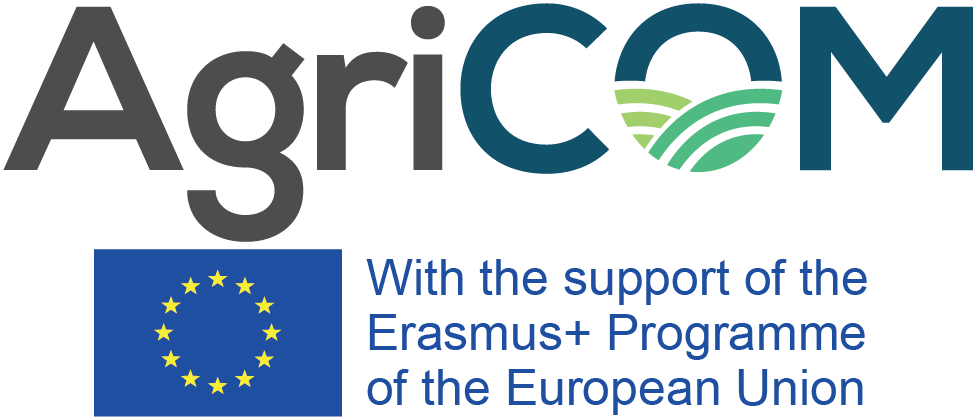Matkovski, B., Zekić, S., Jurjević, Ž., & Đokić, D. (2024). THE IMPACT OF THE OPEN BALKANS INITIATIVE ON THE EXPORT OF AGRI-FOOD PRODUCTS OF SERBIA. ENGINEERING MANAGEMENT AND COMPETITIVENESS (EMC 2024), 214.
The Open Balkans initiative represents the next step in economic cooperation and facilitation of foreign trade exchange between the three countries of the Western Balkans: Serbia, North Macedonia and Albania. This initiative was signed in 2021 and since then several things have been done in the direction of easier trade in agrifood products, and the intention to facilitate the flow of goods at the borders is especially important. The aim of this research is to assess the effects of the Open Balkans initiative on trade in agri-food products. In this direction, on the basis of the data of the Statistical Office of the Republic of Serbia, the trends in the export of these products, as well as the regional and commodity structure of exports, were analyzed. The results of the research show that Serbia achieves good positions when it comes to the export of agri-food products to countries that are signatories of the Open Balkans initiative, but that additional efforts need to be made in order to improve them.
